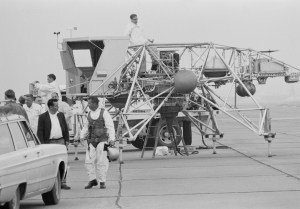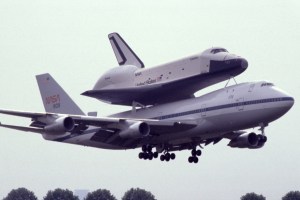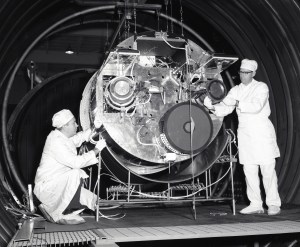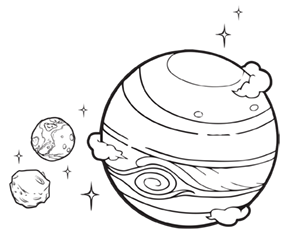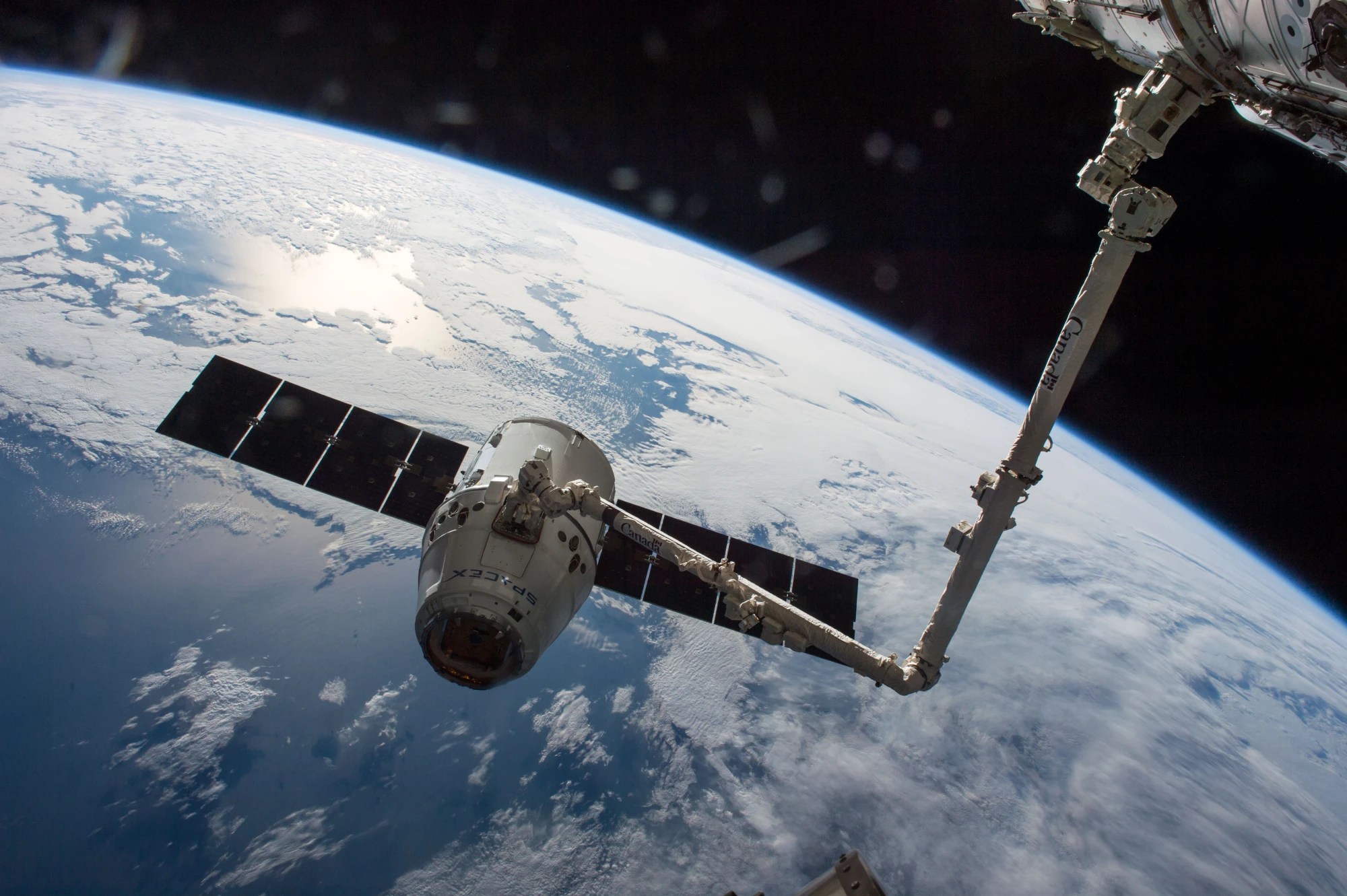One of an artist’s most fundamental characteristics is a capacity to bridge the gap between imagination and illustration and bring even the most abstruse and metaphysical concepts to life. Scientists and engineers understand this process all too well as they strive to coax into existence new theories, experiments, and technologies. A striking example of that process is the artist Barron Storey’s attempt in the late 1980s to bring the ideas of the Gravity Probe B team at Stanford University to the public.
Born in Dallas, Texas in 1940, Barron Storey trained under Robert Weaver at the New York School of Visual Arts. His long list of credits as an illustrator includes Neil Gaiman’s The Sandman: Endless Nights (1991), the iconic cover artwork for the 1980 reissue of William Golding’s novel, Lord of the Flies, and more than 145 visual journals. Storey’s work has received much acclaim with Neil Gaiman once describing him as “a visionary.” Throughout his career, Storey utilized his talent for visualization to bring to life original characters and abstract scientific concepts both in the process of public engagement and education. It is possible that no project challenged those talents more than Gravity Probe B.
Storey’s connection with Gravity Probe B began in 1987 when the Stanford University group, led by Principle Investigator, Dr. Francis Everitt, approached him about illustrating a promotional brochure entitled “Gravity Probe B: Testing Einstein with Orbiting Gyroscopes.” This was not Storey’s first project for the space program. In 1979, Storey produced one of the first illustrations of the completed Space Shuttle—an illustration which currently resides at the National Air and Space Museum in Washington, D.C. Storey remembered wanting to create something that would be a “celebration of the science and a celebration of Einstein’s genius,” but also an “accessible vision of the people who were making it happen.” Storey contends that the “success of the project was an indication that artists and scientists can work together to a mutual advantage.” The final illustrated brochure proved remarkably effective in conveying the program, and the science behind it, to both the public and members of the United States Congress.
Barron Storey’s images which make up this gallery all work together to tell the incredible story of the cutting-edge science, precision engineering, and intricate collaboration behind Gravity Probe B’s test of two unverified predictions of Einstein’s general theory of relativity.





























